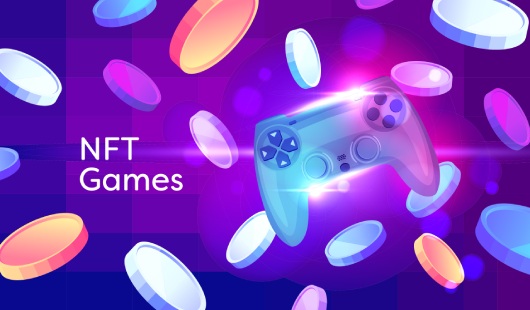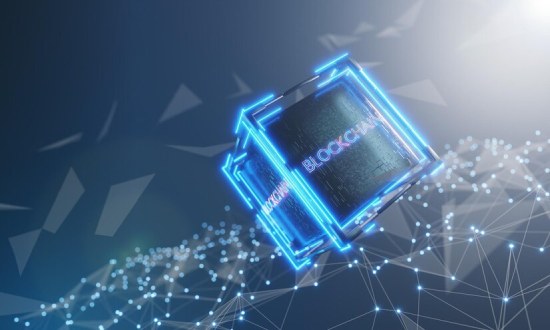-
In the changing world of blockchain tech, non-fungible tokens (NFTs) are redefining digital ownership and gaming. Games like Zed Run , an NFT-based horse racing title, show how NFT Game Development can elevate gaming experiences by blending unique in-game assets, immersive mechanics, and blockchain's transparency. In this blog guide, we'll walk you through the steps to build an NFT game like Zed Run, so you can design something both engaging and profitable.
What is Zed Run?
Zed Run is a digital horse racing game where players own, breed, and race digital horses represented as NFTs on the blockchain. Each horse has unique characteristics, influencing its performance in races and its value in the marketplace. Players earn rewards through racing and breeding, creating an ecosystem driven by digital asset ownership.
Why Build an NFT Game Like Zed Run?
Building an NFT game like Zed Run combines gaming excitement with NFTs' investment potential. Players engage deeply due to the ownership of in-game assets, while developers profit from initial sales, transaction fees, and secondary market activities.
Also, Read | The Economics of Blockchain Gaming | Understanding Tokenomics
Defining the Game Mechanics
Determine the Core Gameplay Elements
Characters/Assets: Define the type of NFT assets (e.g., horses, cars, characters) and their unique traits.
Gameplay: Establish how players will use these assets (racing, battling, trading).
Rewards: Decide on the reward mechanisms (token rewards, exclusive NFTs, leaderboards).
Choosing the Right Blockchain
Key Considerations
Scalability: Choose a blockchain that can efficiently handle a high volume of transactions.
Transaction Costs: Opt for a blockchain with low transaction fees to ensure affordability for players.
Interoperability: Consider how easily your game can integrate with other platforms and wallets.
Popular Blockchains for NFTs
Ethereum: Widely used but can be costly due to gas fees.
Polygon: Offers lower fees and is compatible with Ethereum.
Binance Smart Chain (BSC): Provides a balance of low fees and strong performance.
Flow: Designed specifically for games and digital assets.
You may also like to explore | Blockchain Gaming Tournaments | The New Development in eSports
Core Functions of an NFT Game Like Zed Run
Your game will require smart contracts to manage:
Minting NFTs: Creating new NFTs with unique attributes.
Transactions: Facilitating the buying, selling, and trading of NFTs.
Rewards Distribution: Automating the distribution of rewards based on game outcomes.
Best Practices
Security: Ensure your smart contracts are secure to prevent exploits.
Efficiency: Write optimized code to minimize gas fees and improve performance.
Transparency: Maintain transparency in your smart contract code to build trust with your player base.
Also, Explore | Legal Considerations in Blockchain Gaming Development
Designing the Game
User Experience (UX)
Create an intuitive and engaging UX that makes it easy for players to interact with your game and manage their NFTs. Focus on:
Navigation: Simple, clear navigation to access game features.
Interactions: Smooth interactions for buying, selling, and racing NFTs.- Feedback: Provide immediate feedback on player actions (e.g., race results, transaction confirmations).
User Interface (UI)
Develop an appealing UI that resonates with your target audience. Consider:
Visuals: High-quality graphics and animations to enhance player immersion.
Branding: Consistent branding elements to build a recognizable game identity.
Also, Discover | How to Create a Simple Crypto Clicker Game
Game Mechanics
Implement game mechanics that align with your core gameplay. Ensure that:
Attributes: NFTs have varying attributes that affect gameplay.
Randomness: Introduce elements of chance to maintain excitement (e.g., race outcomes, rare traits).
Integrating Blockchain with Gameplay
Wallet Integration
Enable players to connect their cryptocurrency wallets to interact with your game. Support popular wallets like MetaMask to provide a seamless experience.
NFT Minting and Management
Develop systems for minting new NFTs and managing existing ones. Allow players to breed, upgrade, or customize their NFTs within the game.
Marketplace Integration
Integrate a marketplace where players can buy, sell, and trade NFTs. Ensure that transactions are secure and transparent.
Also, Read | DAOs in Gaming: A New Governance Model
Testing and Deployment
Testing
Conduct thorough testing to ensure your game is:
Functional: All features work as intended without bugs.
Secure: Smart contracts and blockchain interactions are secure.
Scalable: The game can handle the expected number of users and transactions.
Deployment
Deploy your smart contracts on the mainnet and launch your game. Ensure you have a robust support system to handle any issues that arise post-launch.
Marketing and Community Building
Pre-Launch Hype
Build anticipation through teasers, beta tests, and early access programs before the launch. Engage with potential players on social media and blockchain forums.
Community Engagement
Foster a strong community by:
Hosting Events: Regular in-game events, races, or tournaments.
Offering Incentives: Rewards for active players, such as exclusive NFTs or tokens.
Providing Support: Responsive customer support to address player concerns.
Partnerships
Partner with other blockchain projects, influencers, or gaming communities to expand your reach.
Also, Check | GameFi and Blockchain: The Future of Online Gaming
Continuous Development and Updates
Regular Updates
Keep your game fresh with regular updates, new features, and improvements based on player feedback. Introduce new NFT types, gameplay modes, or rewards to maintain player interest.
Community Feedback
Listen to your community and incorporate their feedback into the game. Engage with players to understand their needs and preferences.
Conclusion
Creating an NFT game like Zed Run involves a blend of innovative game design and robust blockchain integration. By following these steps, you can develop a captivating game that engages players and leverages the unique advantages of NFTs. Whether you aim to revolutionize digital horse racing or explore new gaming frontiers, the path to creating an NFT game offers exciting opportunities for creativity and growth.
Ready to start your NFT game journey? At Oodles Blockchain, we specialize in building cutting-edge blockchain games and NFT platforms. Contact our blockchain game developers today to discuss your project and bring your gaming vision to life!

Our Offices
INDIA
Emaar Digital Greens, Sector 61,
Gurugram, Haryana
122011.
Welldone Tech Park,
Sector 48, Sohna road,
Gurugram, Haryana
122018.















